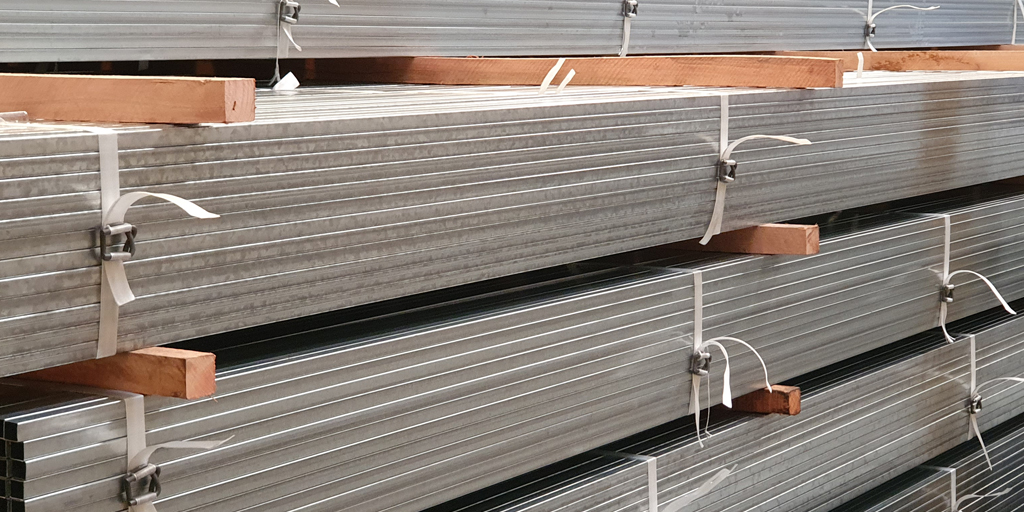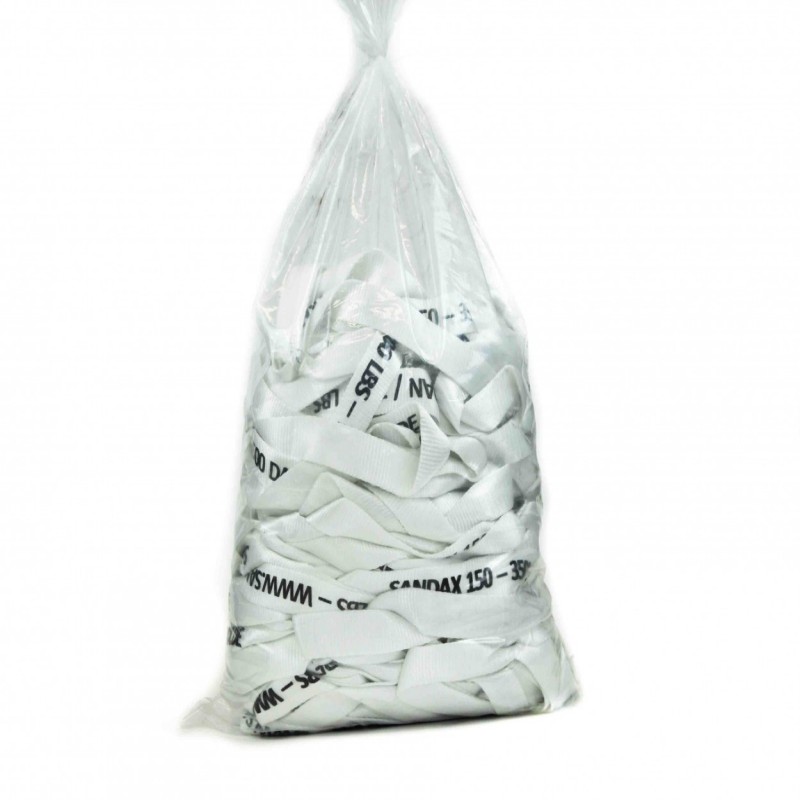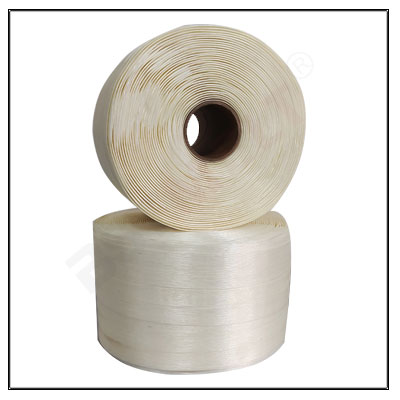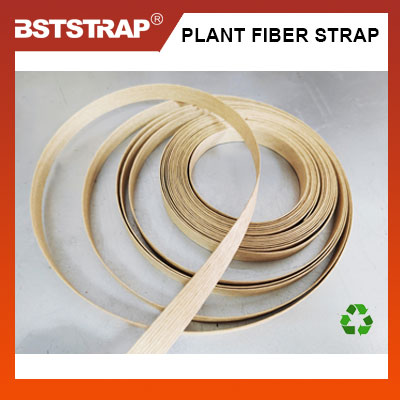The Versatility and Significance of Cord Strapping in Modern Industrial Packaging
In the intricate world of industrial packaging, where the balance between security, efficiency, and cost-effectiveness is paramount, cord strapping has emerged as a reliable and versatile solution. From securing pallets of goods during transportation to bundling loose items for easier handling, cord strapping plays a pivotal role in ensuring the safe and undamaged delivery of products from one point to another. This article delves into the intricacies of cord strapping, exploring its definition, materials, applications, advantages, and the innovative trends shaping its future in the modern industrial landscape.
Defining Cord Strapping
Cord strapping, also known as flexible strapping or lashing cord, refers to a type of packaging material typically made from synthetic fibers like polyester, nylon, or polypropylene. These cords are designed to tightly wrap around goods, providing a secure hold that resists stretching and breaking, even under challenging conditions such as rough handling, temperature fluctuations, and humidity changes. Unlike traditional metal or plastic strapping, cord strapping offers greater flexibility and adaptability, making it an ideal choice for a wide range of packaging needs.

Materials and Construction
The choice of material for cord strapping is crucial, as it directly affects its durability, strength, and cost. Polyester cords, for instance, are renowned for their high tensile strength, resistance to chemicals and moisture, and relatively low cost. Nylon cords, on the other hand, offer even greater strength and elasticity, making them suitable for applications requiring tighter tensioning and more dynamic loads. Polypropylene cords, while slightly less strong than their polyester and nylon counterparts, are lightweight and resistant to UV degradation, making them ideal for outdoor storage and transportation.
Cord strapping is often constructed with reinforced cores or woven fibers to enhance its strength and prevent fraying. Ends of the cord may be equipped with hooks, loops, or other fasteners to facilitate easy attachment and tightening. This modular design allows for customization based on specific packaging requirements, ensuring a secure and tailored fit for every application.
Applications Across Industries
The versatility of cord strapping is evident in its widespread adoption across numerous industries. In logistics and transportation, cord strapping is indispensable for securing pallets of goods during shipping, preventing them from shifting or falling during transit. The automotive sector relies on cord strapping to bundle components and assemblies, ensuring they arrive at the assembly line organized and damage-free. In the agricultural industry, farmers use cord strapping to bundle hay, straw, and other harvests for efficient storage and transportation.
Retailers and e-commerce companies also benefit from cord strapping, as it helps secure packages of varying sizes and shapes, reducing the risk of damage during shipping and enhancing customer satisfaction. Additionally, cord strapping finds its way into construction sites, where it is used to tie down construction materials, tools, and equipment, ensuring a safe and organized work environment.

Advantages Over Traditional Strapping Methods
Compared to traditional strapping methods like steel or plastic bands, cord strapping offers several distinct advantages:
1.Flexibility and Adaptability: Cord strapping's inherent flexibility allows it to conform to irregularly shaped packages, providing a more secure and tailored fit.
2.Ease of Use: Fasteners like hooks and loops make cord strapping quick and easy to apply and remove, reducing labor costs and increasing efficiency.
3.Lightweight: Synthetic materials like polyester and nylon are significantly lighter than steel, making cord strapping an excellent choice for weight-sensitive applications.
4.Corrosion Resistance: Unlike metal bands, cord strapping is impervious to rust and corrosion, ensuring its longevity and reliability in harsh environments.
5.Recyclability and Sustainability: Many cord strapping materials are recyclable, aligning with the growing demand for eco-friendly packaging solutions.
Innovations and Future Trends
As the need for efficient and sustainable packaging solutions continues to grow, cord strapping manufacturers are investing in research and development to bring innovative products to market. Smart cord strapping systems, incorporating sensors and IoT technology, could soon monitor package integrity in real-time, alerting shippers and receivers to potential issues before they arise. Additionally, the development of biodegradable and compostable cord strapping materials is gaining traction, as businesses strive to reduce their environmental footprint.
Furthermore, the integration of cord strapping with automation and robotics technologies is expected to streamline packaging processes, further reducing costs and improving productivity. As these innovations unfold, cord strapping will continue to evolve as a vital component of modern industrial packaging, ensuring the safe and efficient movement of goods worldwide.

In conclusion, cord strapping stands as a testament to the ingenuity and adaptability of the packaging industry. Its versatility, strength, and ease of use have made it an indispensable tool for securing and transporting goods across a myriad of industries. As the world becomes increasingly interconnected and the demand for sustainable packaging solutions rises, cord strapping will continue to evolve, driven by technological advancements and a commitment to meeting the challenges of the modern industrial landscape.





